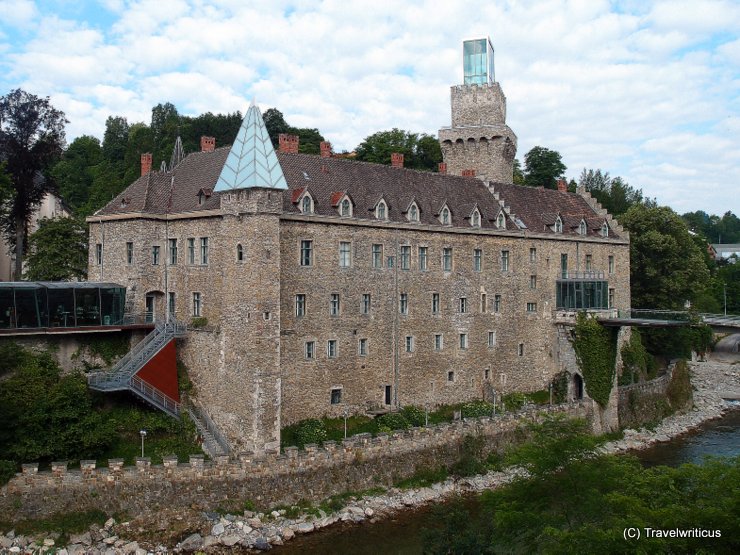
After staying a night at the former Zell Manor, I came across this castle on my morning walk. It is generally known as Rothschild Castle (Rothschildschloss) since it was rebuilt in Neo-Gothic style by Albert Salomon Anselm von Rothschild.
You only see what you know (Goethe)

After staying a night at the former Zell Manor, I came across this castle on my morning walk. It is generally known as Rothschild Castle (Rothschildschloss) since it was rebuilt in Neo-Gothic style by Albert Salomon Anselm von Rothschild.
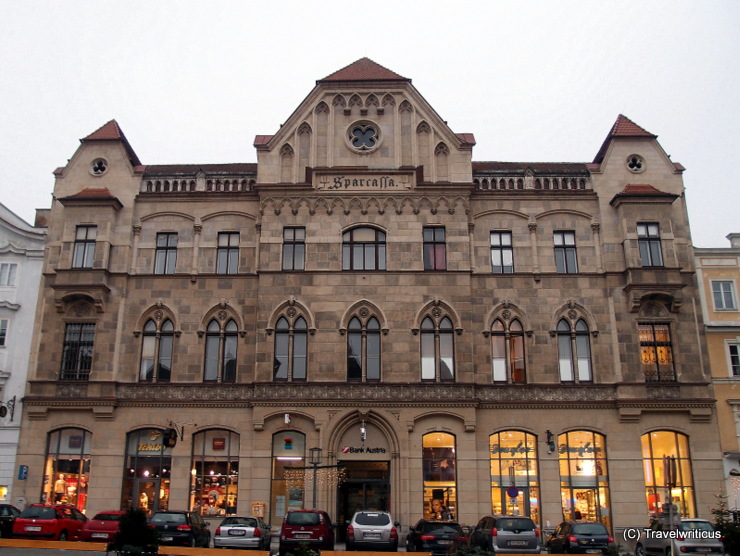
This building of a mutual savings bank (Sparkasse) was built in 1900 in the style of neo-Gothic. For this reason two older houses were demolished, e.g. the Reichlhaus. An interesting details is the writing on top of it, which uses the outdated term Sparcassa.
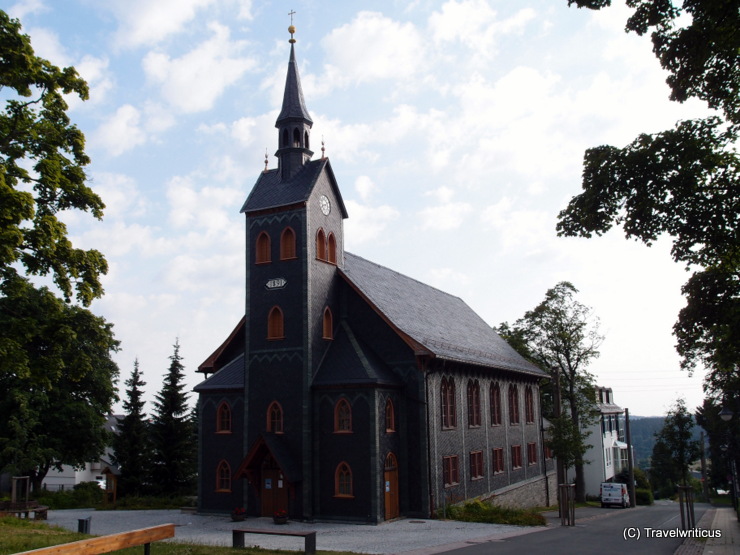
This church in Neuhaus am Rennweg (Stadtkirche in Neuhaus am Rennweg) is considered as one of the largest wooden churches in the German state of Thuringia. The edifice was built in the style of neo-Gothic in 1892. Outside the church is slate-tiled which is typical for this part of Germany.
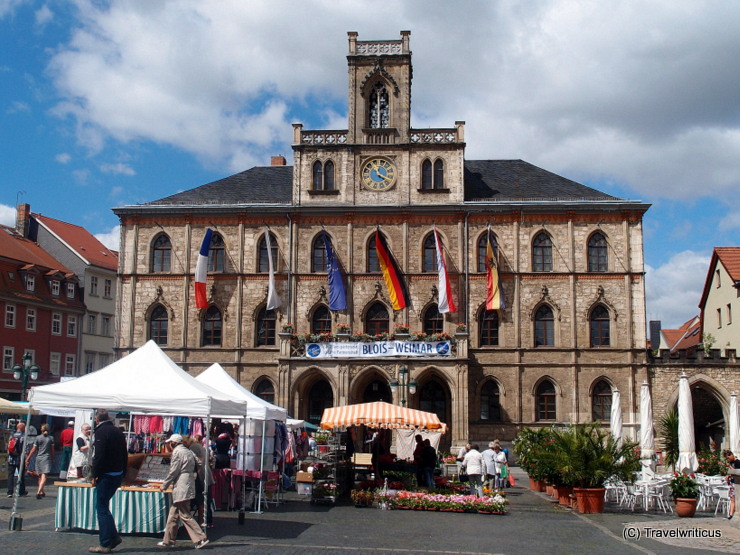
The city hall of Weimar was built in 1841 in neo-Gothic style. In the tower you can listen to a Glockenspiel made of Meissen porcelain.
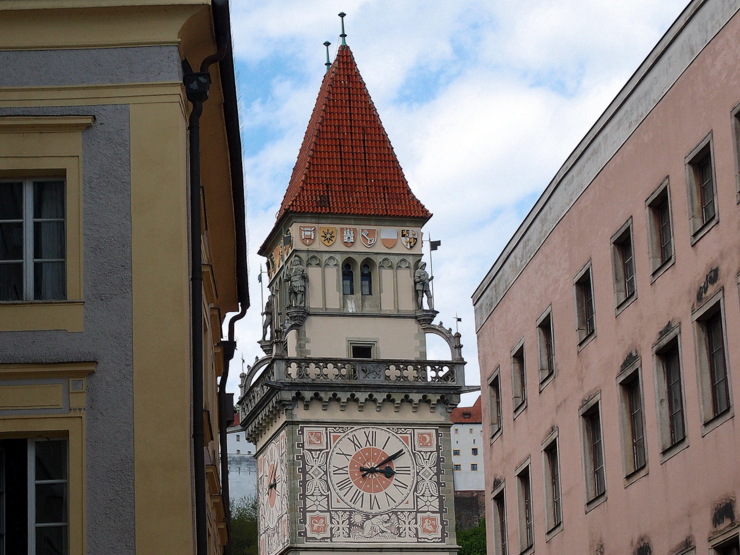
The tower of the city hall was erected between 1889 and 1892 by Heinrich Freiherr von Schmidt in neo-Gothic style. The coats of arms below the roof represent the founding members of the German Empire in 1871.
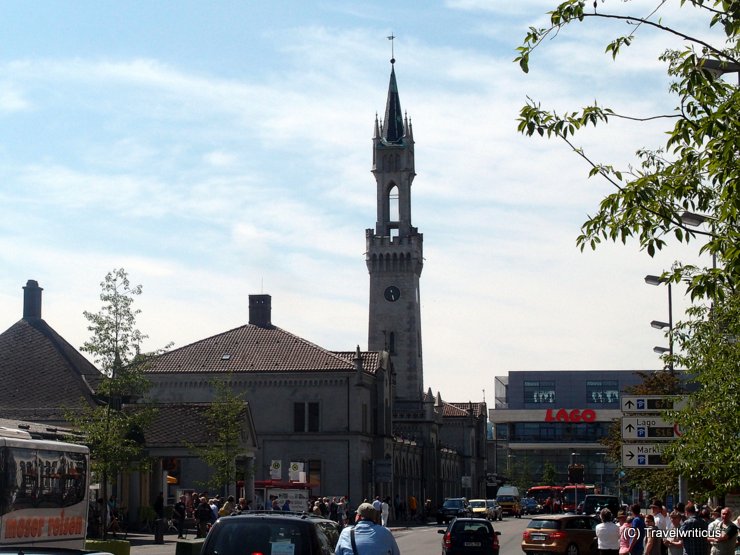
Konstanz Hauptbahnhof, the central station of Konstanz (Constance), opened to the public in 1863. The architecture consists of a mixture of neo-Gothic and Renaissance. The model for the tower was the Palazzo Vecchio in Florence. [German]